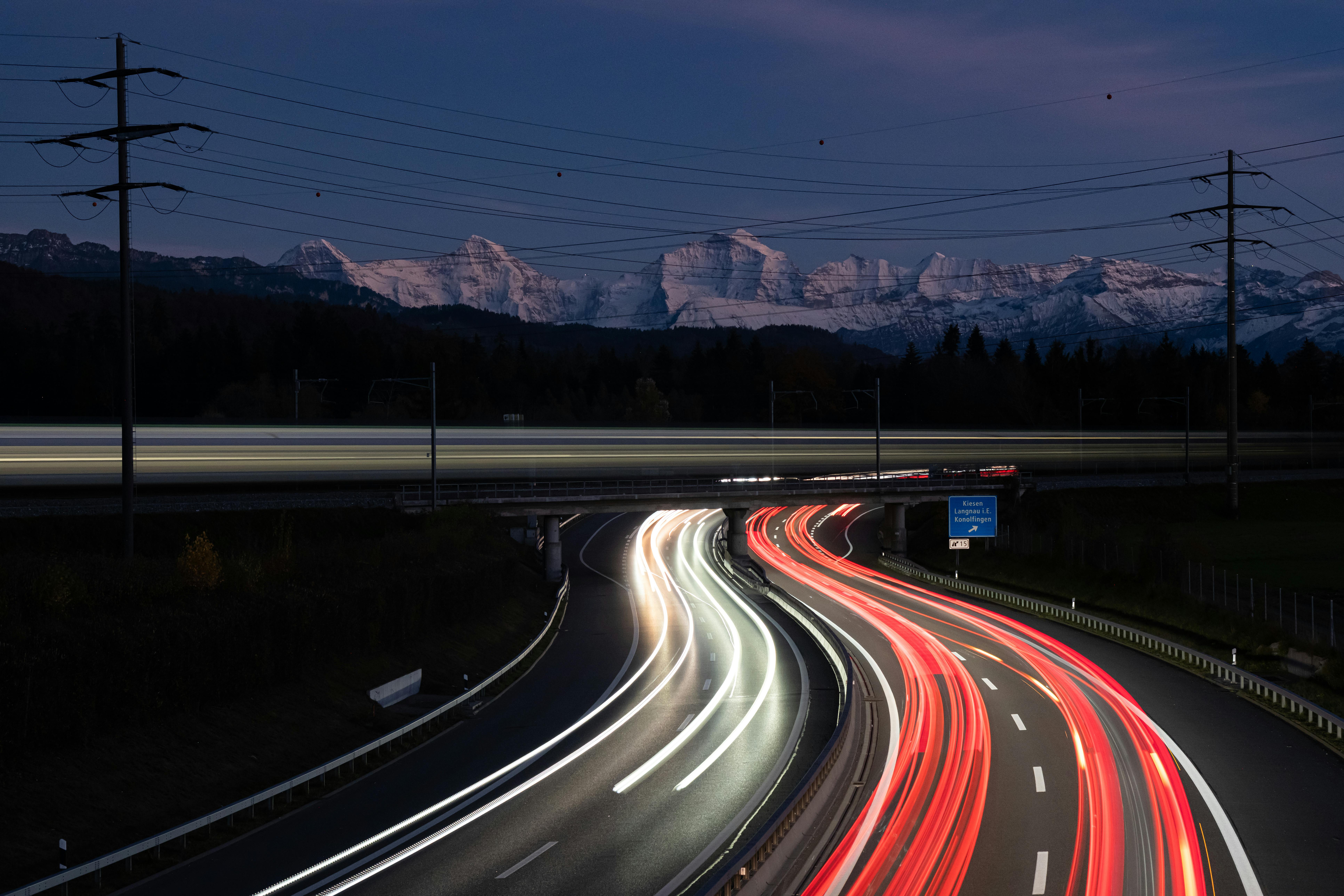 The trucking industry stands at a crossroads. As autonomous technology advances and companies like Tesla and Waymo push driverless vehicles closer to reality, an estimated 3.5 million truck drivers across America are facing unprecedented uncertainty about their futures.
The trucking industry stands at a crossroads. As autonomous technology advances and companies like Tesla and Waymo push driverless vehicles closer to reality, an estimated 3.5 million truck drivers across America are facing unprecedented uncertainty about their futures.
A Transformative Moment for the Industry
When you step into a modern Volvo or Daimler truck equipped with Level 2 and Level 3 autonomous features, the experience is unsettling yet fascinating. One driver described how the truck’s autonomous driving system maintained perfect lane centering after a recent software update, calling it “fantastic” and admitting, “It was boring.” That mundane observation masks a profound question: what happens when “boring” driving becomes the default?
The rapid advancement of autonomous truck technology represents both opportunity and threat. Self-driving capabilities promise safer roads, improved fuel efficiency, and reduced operational costs for fleet operators. Yet for professional drivers, these innovations threaten their livelihoods and the economic security of millions of families dependent on trucking income.
Jobs vs. Automation: The Real Debate
Industry advocates argue that fears of mass driver displacement are overblown. Proponents of autonomous technology point out that the trucking industry faces a critical shortage of drivers—over 80,000 positions remained unfilled in 2024, and this shortage is expected to grow. They argue that automation will fill gaps in capacity rather than eliminate existing jobs.
However, driver advocates see a different reality. One union representative stated bluntly: “When you begin to eliminate drivers from trucks, you’re taking food from people’s tables. You’re removing support from families.” This isn’t just about jobs; it’s about economic security and dignity in the workplace.
The Numbers Behind the Narrative
Recent data reveals a complex picture. The American Trucking Associations highlight unusually high driver turnover rates—drivers frequently change employers, creating a dynamic and volatile labor market. In 2025, the industry continues to grapple with:
– Ongoing driver shortages across regions
– Rising demand for experienced, certified drivers
– Increased focus on driver retention and competitive compensation
– New safety regulations and electronic logging device (ELD) mandates
What This Means for Today’s Drivers
For truckers currently on the road, 2025 presents mixed signals. On one hand, demand for drivers remains strong, wages are competitive, and carriers are offering attractive benefits and sign-on bonuses. On the other hand, the constant threat of technological displacement creates anxiety and uncertainty.
Experts suggest that drivers who adapt, learn new technologies, and develop specialized skills—such as hazmat endorsements or specialized freight handling—will remain valuable even as automation increases. The lesson is clear: staying ahead of the curve isn’t optional; it’s essential.
The Broader Conversation America Needs
What’s truly urgent is a national conversation about how we manage this technological transition responsibly. Will autonomous technology create new jobs elsewhere in the logistics chain? How will displaced workers be retrained? What responsibilities do companies have to their employees facing obsolescence?
These questions don’t have easy answers, but they deserve serious attention from industry leaders, policymakers, and society as a whole. The trucking industry isn’t just an economic sector; it’s the backbone of American commerce and the livelihood of millions.
The Future Isn’t Written Yet
The trucking industry’s future remains unwritten. Yes, autonomous technology will transform how freight moves across the country. But the profession isn’t disappearing tomorrow. Smart, experienced drivers who embrace change and stay informed will continue to thrive. The challenge for the industry, for drivers, and for America is to manage this transition in a way that doesn’t leave millions of hardworking professionals behind.
The road ahead demands both innovation and compassion. Anything less would be a disservice to the people who keep America moving.